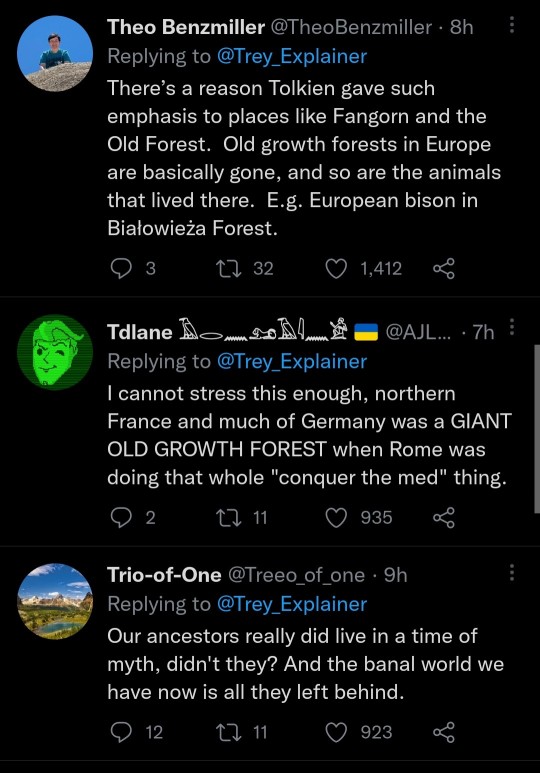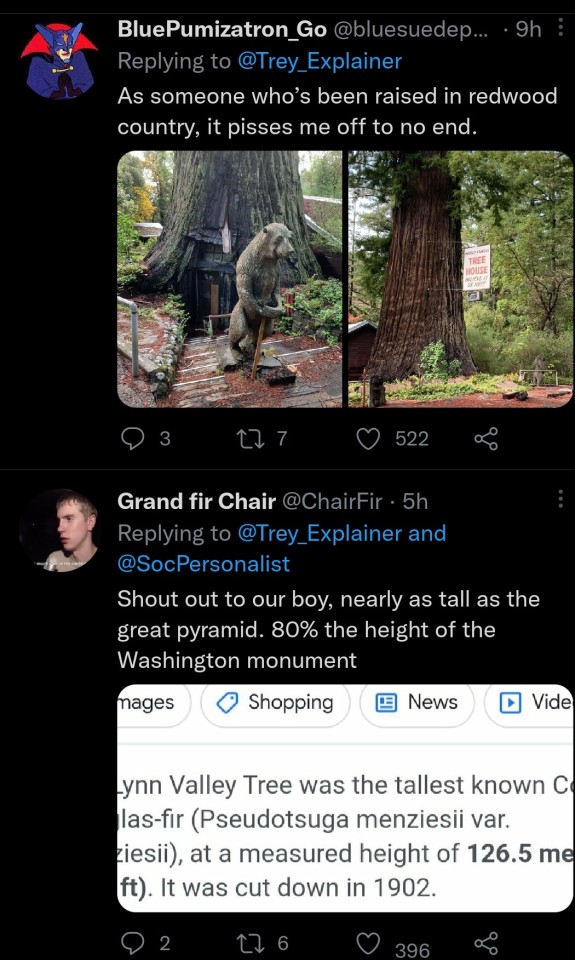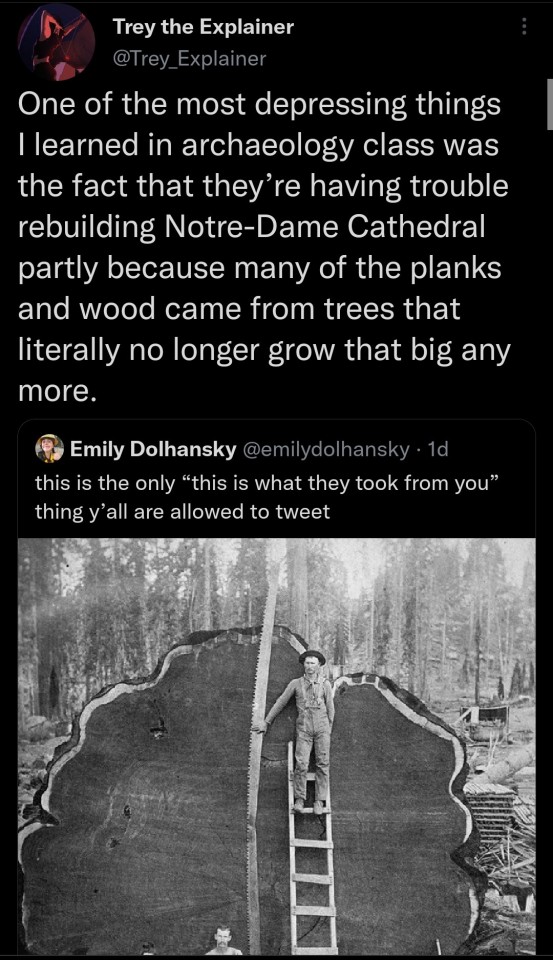#environent
Text
If you use arab.org like I do please consider taking the extra 30-60 seconds to click on ALL of their causes. Palestine is important but so are the environment, refugees, children, women, and the impoverished across the middle east and it doesn't take away from Palestine to click for multiple causes. The arab world faces a lot of problems and they only get worsened by how western nations have oppressed and attacked them. Clicking is small but it generates something and overtime it does benefit the greater good. It takes all of us clicking as often as possible but we can do it! It's really easy and safe and they have proofs on their site on how they do make an impact and are donating your click money
#arab.org#palestine#save palestine#free palestine#gaza#gaza strip#free gaza#save gaza#middle east#arab#please if you can't donate to causes use this site#its safe its free and anyone can use it#just turn off ur adblocker#for arab.org only#women's rights#save the children#help the poor#save the environment#help refugees#click to help
29K notes
·
View notes
Photo
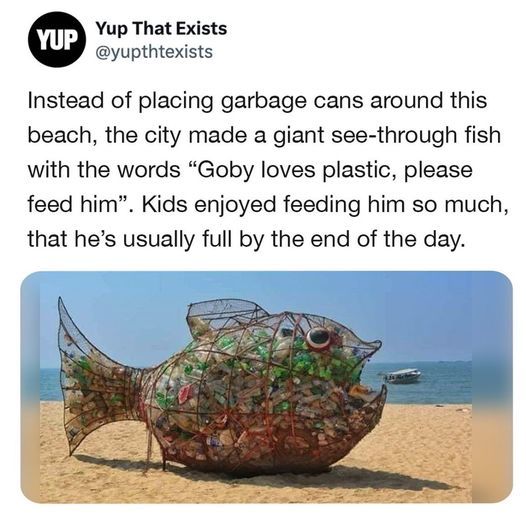
145K notes
·
View notes
Text
Pair of Endangered Corpse Flowers Defy Odds to Bloom at Same Time–Now Bearing 700 Seeds https://www.goodnewsnetwork.org/pair-of-endangered-corpse-flowers-defy-odds-to-bloom-at-same-time-now-bearing-700-seeds/
34K notes
·
View notes
Text

I am once again at a loss for words. From @/ democracynow [@/ JoshuaPHill on X. 12/22/23.]
[Image description: "Satellite imagery shows Israel's razing of Gaza agricultural land." A 'before' picture shows an aerial picture of lush green fields and areas of healthy crops, as well as the location of a greenhouse. An 'after,' photo shows an aerial view of a completely desolate land -there are no crops, no greenhouse, and no greenery.]
#social justice#free palestine#freepalastine🇵🇸#palestine#free gaza#gaza#gaza strikes#gazaunderattack#gaza strip#climate justice#environment#colonialism#colonial violence#settler colonialism#settler violence#ceasefire now#ceasefire#end the occupation#end the genocide#eco terrorism
21K notes
·
View notes
Text



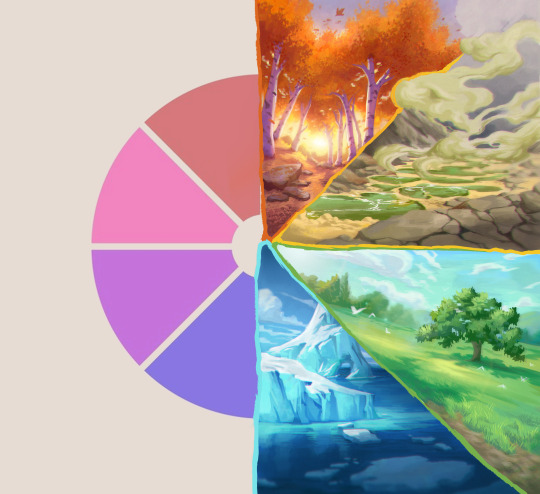




A world full of colors
Full color wheel challenge, what a fun challenge <3
#draw#drawing#artwork#digital art#digitalpainting#digital drawing#art#color#colorful#colors#color wheel challenge#color wheel trend#color wheel challenge but with landscapes!#art challenge#scenery art#scenery#landscape art#landscape#nature and landscape#environment art#br artist#br art#brazilian artist#artists on tumblr#art on tumblr#illustration
45K notes
·
View notes
Text
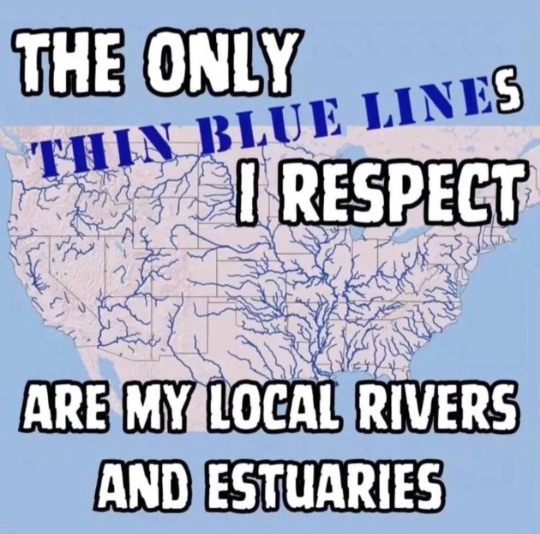
24K notes
·
View notes
Text

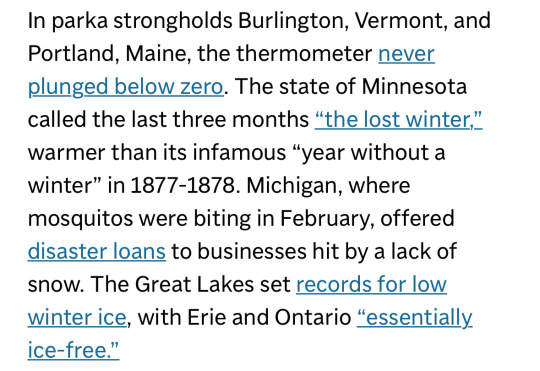
Source
Begging everyone to stop asking this rhetorical question and, instead, demand our elected officials do something about it
#climate change#climate justice#green new deal#gnd#politics#us politics#government#the left#environment#winter#news current events
11K notes
·
View notes
Text
"With “green corridors” that mimic the natural forest, the Colombian city is driving down temperatures — and could become five degrees cooler over the next few decades.
In the face of a rapidly heating planet, the City of Eternal Spring — nicknamed so thanks to its year-round temperate climate — has found a way to keep its cool.
Previously, Medellín had undergone years of rapid urban expansion, which led to a severe urban heat island effect — raising temperatures in the city to significantly higher than in the surrounding suburban and rural areas. Roads and other concrete infrastructure absorb and maintain the sun’s heat for much longer than green infrastructure.
“Medellín grew at the expense of green spaces and vegetation,” says Pilar Vargas, a forest engineer working for City Hall. “We built and built and built. There wasn’t a lot of thought about the impact on the climate. It became obvious that had to change.”
Efforts began in 2016 under Medellín’s then mayor, Federico Gutiérrez (who, after completing one term in 2019, was re-elected at the end of 2023). The city launched a new approach to its urban development — one that focused on people and plants.
The $16.3 million initiative led to the creation of 30 Green Corridors along the city’s roads and waterways, improving or producing more than 70 hectares of green space, which includes 20 kilometers of shaded routes with cycle lanes and pedestrian paths.
These plant and tree-filled spaces — which connect all sorts of green areas such as the curb strips, squares, parks, vertical gardens, sidewalks, and even some of the seven hills that surround the city — produce fresh, cooling air in the face of urban heat. The corridors are also designed to mimic a natural forest with levels of low, medium and high plants, including native and tropical plants, bamboo grasses and palm trees.
Heat-trapping infrastructure like metro stations and bridges has also been greened as part of the project and government buildings have been adorned with green roofs and vertical gardens to beat the heat. The first of those was installed at Medellín’s City Hall, where nearly 100,000 plants and 12 species span the 1,810 square meter surface.
“It’s like urban acupuncture,” says Paula Zapata, advisor for Medellín at C40 Cities, a global network of about 100 of the world’s leading mayors. “The city is making these small interventions that together act to make a big impact.”
At the launch of the project, 120,000 individual plants and 12,500 trees were added to roads and parks across the city. By 2021, the figure had reached 2.5 million plants and 880,000 trees. Each has been carefully chosen to maximize their impact.
“The technical team thought a lot about the species used. They selected endemic ones that have a functional use,” explains Zapata.
The 72 species of plants and trees selected provide food for wildlife, help biodiversity to spread and fight air pollution. A study, for example, identified Mangifera indica as the best among six plant species found in Medellín at absorbing PM2.5 pollution — particulate matter that can cause asthma, bronchitis and heart disease — and surviving in polluted areas due to its “biochemical and biological mechanisms.”
And the urban planting continues to this day.
The groundwork is carried out by 150 citizen-gardeners like Pineda, who come from disadvantaged and minority backgrounds, with the support of 15 specialized forest engineers. Pineda is now the leader of a team of seven other gardeners who attend to corridors all across the city, shifting depending on the current priorities...
“I’m completely in favor of the corridors,” says [Victoria Perez, another citizen-gardener], who grew up in a poor suburb in the city of 2.5 million people. “It really improves the quality of life here.”
Wilmar Jesus, a 48-year-old Afro-Colombian farmer on his first day of the job, is pleased about the project’s possibilities for his own future. “I want to learn more and become better,” he says. “This gives me the opportunity to advance myself.”
The project’s wider impacts are like a breath of fresh air. Medellín’s temperatures fell by 2°C in the first three years of the program, and officials expect a further decrease of 4 to 5C over the next few decades, even taking into account climate change. In turn, City Hall says this will minimize the need for energy-intensive air conditioning...
In addition, the project has had a significant impact on air pollution. Between 2016 and 2019, the level of PM2.5 fell significantly, and in turn the city’s morbidity rate from acute respiratory infections decreased from 159.8 to 95.3 per 1,000 people [Note: That means the city's rate of people getting sick with lung/throat/respiratory infections.]
There’s also been a 34.6 percent rise in cycling in the city, likely due to the new bike paths built for the project, and biodiversity studies show that wildlife is coming back — one sample of five Green Corridors identified 30 different species of butterfly.
Other cities are already taking note. Bogotá and Barranquilla have adopted similar plans, among other Colombian cities, and last year São Paulo, Brazil, the largest city in South America, began expanding its corridors after launching them in 2022.
“For sure, Green Corridors could work in many other places,” says Zapata."
-via Reasons to Be Cheerful, March 4, 2024
#colombia#brazil#urban#urban landscape#urban planning#cities#civil engineering#green architecture#green spaces#urban heat#urban heat island effect#weather#meteorology#global warming#climate change#climate hope#climate optimism#climate emergency#climate action#environment#environmental news#city architecture#bicycling#native plants#biodiversity#good news#hope#solarpunk#ecopunk#hopepunk
12K notes
·
View notes
Text
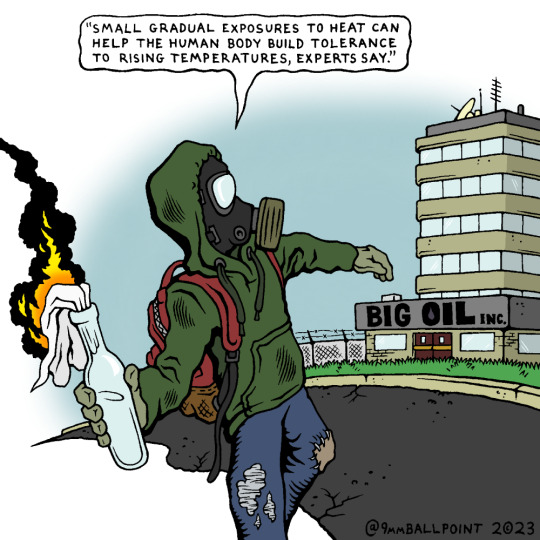
PS: for entertainment purposes only, of course
PPS: actual Washington Post quote
25K notes
·
View notes
Text
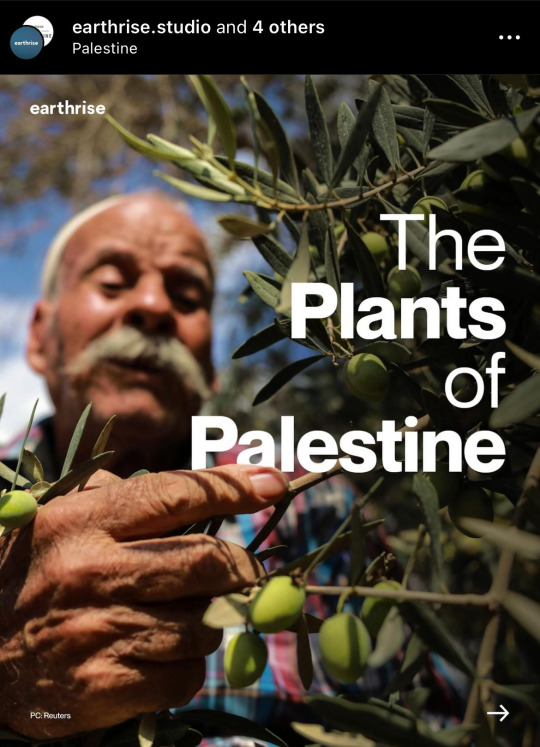



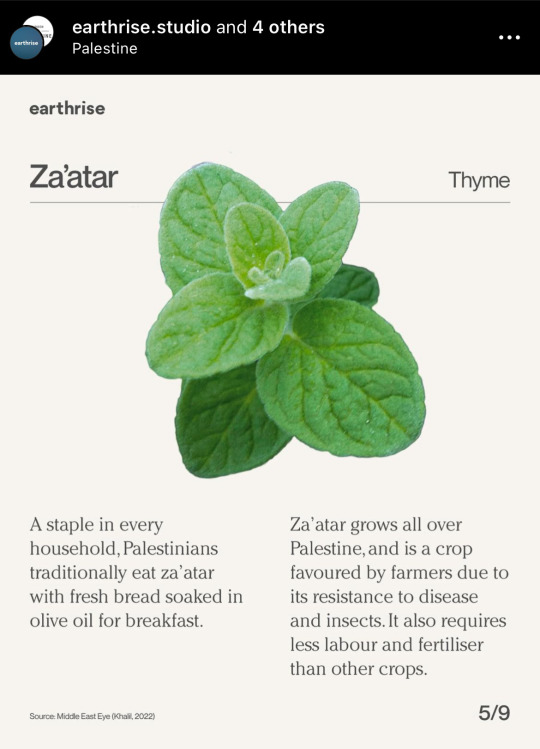
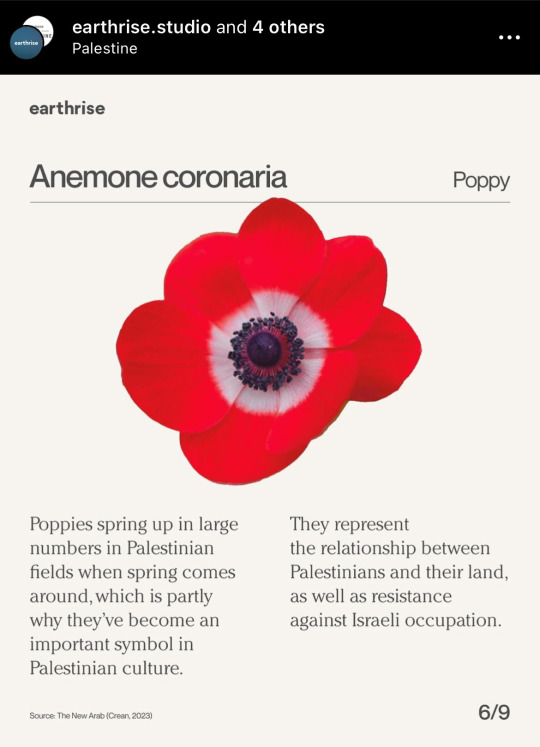

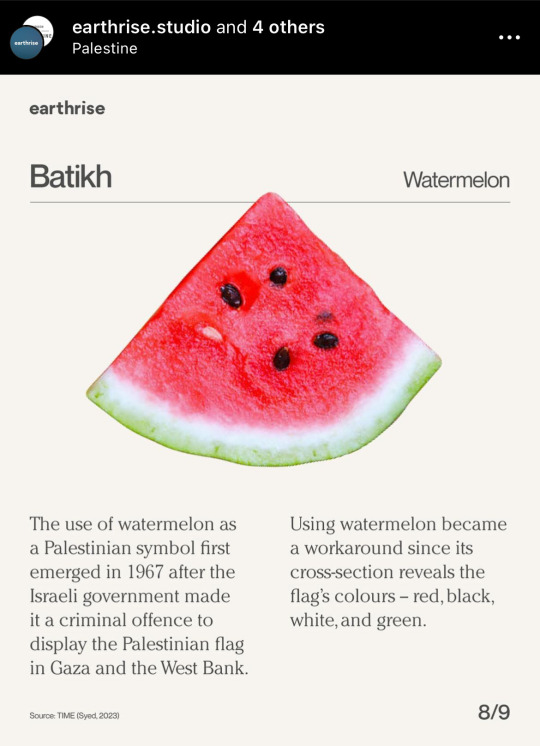

#free palestine#palestine#plants#biodiversity#environment#intersectional environmentalism#gaza#west bank#indigenous#resistance
11K notes
·
View notes
Text
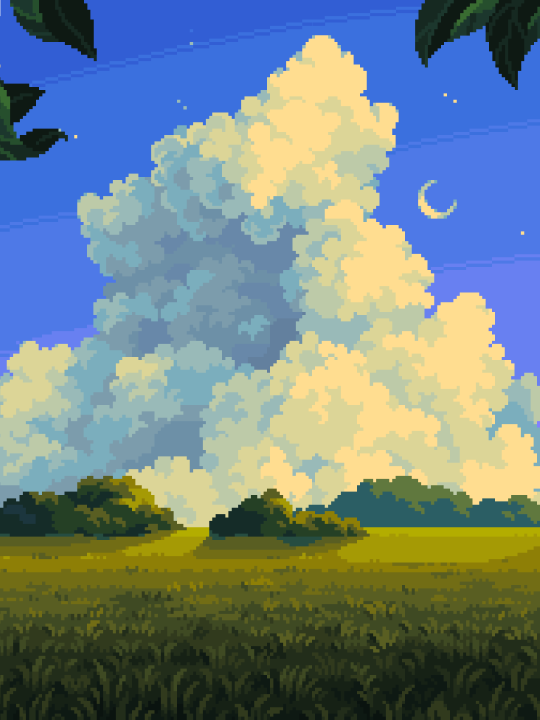
finished my 1 commission for the year (tire d)
#pixel art#pixelart#art#artists on tumblr#8bit#pixel#illustration#clouds#cumulonimbus#landscape art#pixel graphics#environment art
8K notes
·
View notes
Text
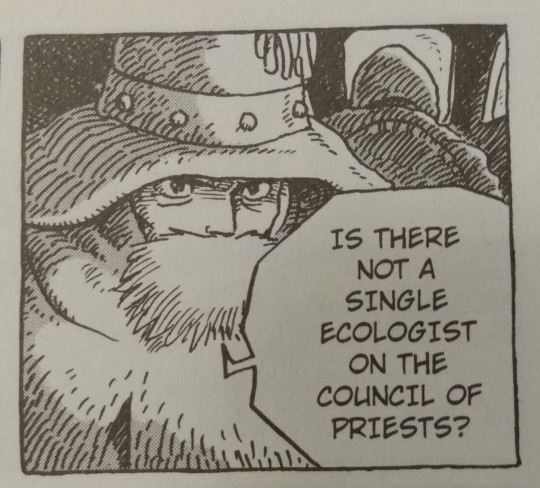
fucking relatable master yupa
#depressingly relatable#nausicaä of the valley of the wind#Nausicaa#master yupa#studio ghibli#ghibli#banging my head against the wall#ecology#environment#uwo original
33K notes
·
View notes
Text
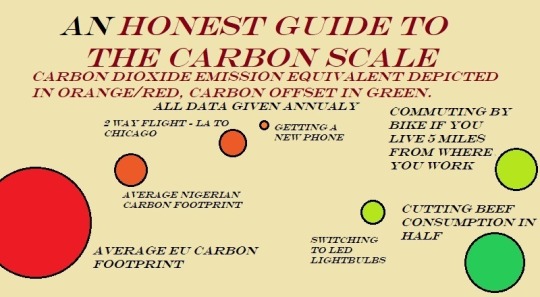















Sorry for the bad photo quality, Tumblr doesn't like posts this long.
#ramblings#politics#communism#socialism#climate change#not a reblog#when our turn comes#we shall not make excuses for the terror#environment#enviromentalism#carbon emissions#carbon footprint#global warming#climate collapse#anti capitalism#radical left#left wing#long posts#long post#color of the sky#hot take#this took like 20 minutes to upload because Tumblr kept crashing#and like 90 minutes to make
42K notes
·
View notes
Text

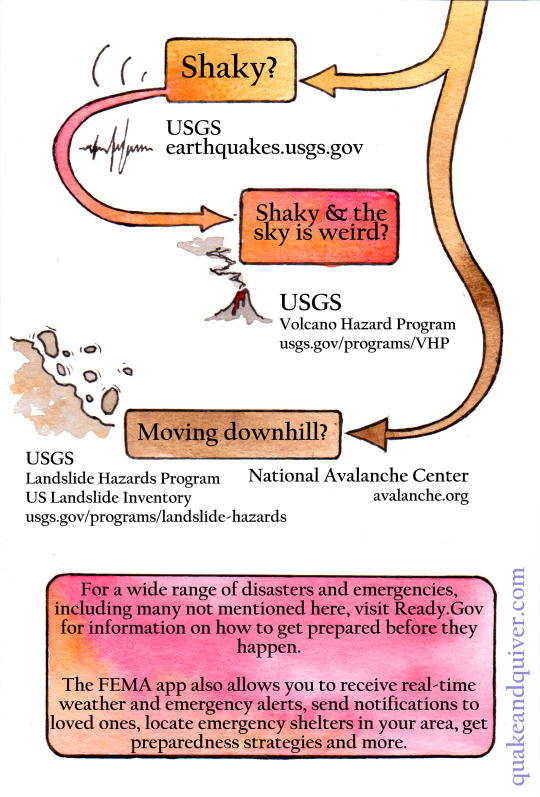
Noticed something a little funky in the world around you and want to figure out what's up? Especially if there might be something you ought to be doing about it? Not sure what information sources to trust these days? If you're in the US, federal agencies like NOAA, USGS, EPA and more collect massive amounts of scientific data every day, much of which is publicly available online - if you know where to look.
A PDF version with clickable links is available for free on my itchio page (quakeandquiver); I'll add a direct link in a reblog.
#wildfires#earthquakes#volcanoes#flooding#natural hazards#disasters#sketchpad#risk comm#environment#disaster preparedness
24K notes
·
View notes
Text
If you aren't following the news here in the Pacific Northwest, this is a very, very big deal. Our native salmon numbers have been plummeting over the past century and change. First it was due to overfishing by commercial canneries, then the dams went in and slowed the rivers down and blocked the salmons' migratory paths. More recently climate change is warming the water even more than the slower river flows have, and salmon can easily die of overheating in temperatures we would consider comfortable.
Removing the dams will allow the Klamath River and its tributaries to return to their natural states, making them more hospitable to salmon and other native wildlife (the reservoirs created by the dams were full of non-native fish stocked there over the years.) Not only will this help the salmon thrive, but it makes the entire ecosystem in the region more resilient. The nutrients that salmon bring back from their years in the ocean, stored within their flesh and bones, works its way through the surrounding forest and can be traced in plants several miles from the river.
This is also a victory for the Yurok, Karuk, and other indigenous people who have relied on the Klamath for many generations. The salmon aren't just a crucial source of food, but also deeply ingrained in indigenous cultures. It's a small step toward righting one of the many wrongs that indigenous people in the Americas have suffered for centuries.
#salmon#dam removal#fish#animals#wildlife#dams#Klamath River#Klamath dams#restoration ecology#indigenous rights#Yurok Tribe#Karuk Tribe#nature#ecology#environment#conservation#PNW#Pacific Northwest
12K notes
·
View notes
